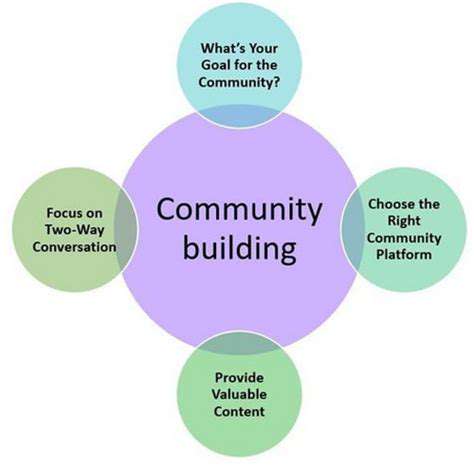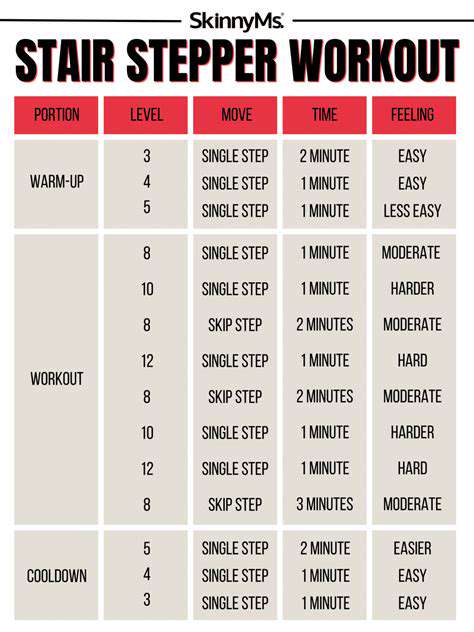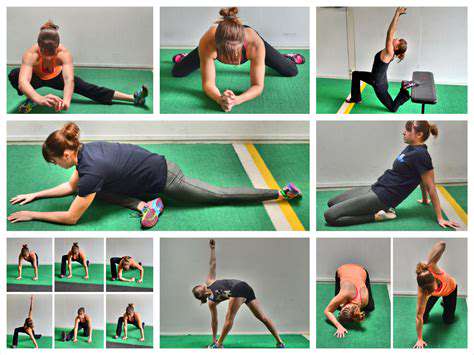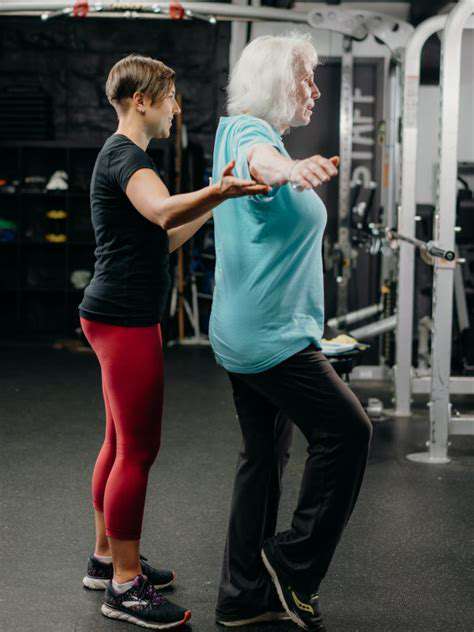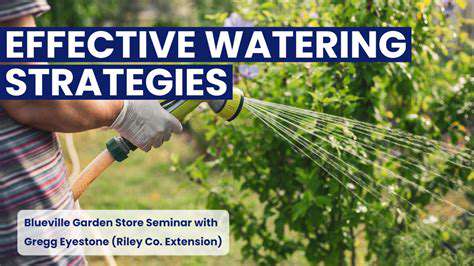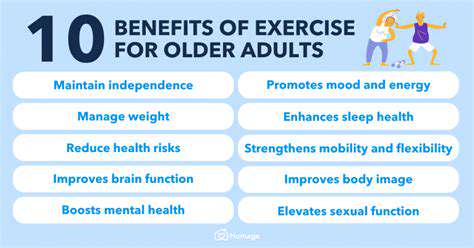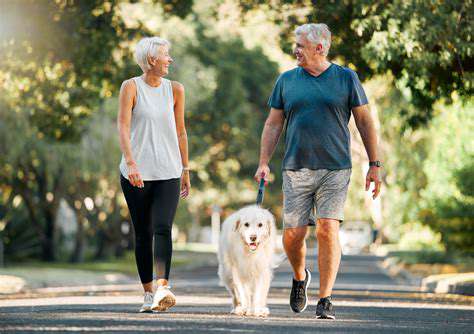Enhance Your Well being: Gentle Movement for Seniors at Home
Incorporating Walking and Stretching into Your Routine
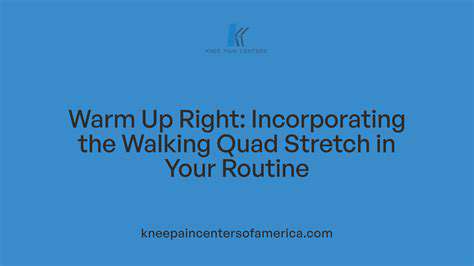
Walking for Improved Cardiovascular Health
Walking is a fantastic, low-impact exercise that significantly benefits cardiovascular health. Regular brisk walking strengthens the heart muscle, improves blood circulation, and helps lower blood pressure. This, in turn, reduces the risk of heart disease, stroke, and other cardiovascular problems. Furthermore, it contributes to maintaining a healthy weight, which is another crucial factor in promoting cardiovascular well-being.
Stretching for Enhanced Flexibility and Range of Motion
Incorporating stretching into your routine is essential for maintaining and improving flexibility and range of motion. Stretching helps lengthen muscles, improving posture and reducing stiffness, especially important for individuals with sedentary lifestyles. Regular stretching can also ease muscle soreness and prevent injuries. By increasing flexibility, you also improve your overall athletic performance and daily movement.
Muscular Strength Enhancement Through Walking
Walking, while often perceived as a low-impact activity, can contribute to muscular strength. While not as intense as weightlifting, walking engages various muscle groups, including the legs, glutes, and core. This consistent engagement helps maintain and even improve muscular strength over time. Incorporating varied terrains, such as hills, can significantly increase the intensity and muscle engagement during your walks.
Stress Reduction Through Walking and Stretching
Walking and stretching are recognized for their stress-reducing properties. The rhythmic motion of walking, combined with the release of endorphins during exercise, can effectively combat stress and anxiety. Similarly, stretching promotes relaxation and reduces muscle tension, further contributing to a sense of calm and well-being. These activities can be a powerful tool for managing stress in daily life.
Improved Sleep Quality from Physical Activity
Engaging in regular physical activity, including walking and stretching, can positively impact sleep quality. The physical exertion helps regulate the body's natural sleep-wake cycle. Physical activity, especially when done earlier in the day, can promote better sleep patterns, resulting in more restful and restorative nights. This, in turn, enhances overall physical and mental well-being.
Injury Prevention with Regular Walking and Stretching
Walking and stretching are vital for injury prevention. Stretching improves flexibility, reducing the risk of muscle strains and tears. Regular walking strengthens muscles and joints, making them more resilient to injury. Combining these activities creates a synergy that significantly improves overall physical health and reduces the potential for injuries.
Boosting Overall Mental Well-being
The combination of walking and stretching promotes a significant boost in overall mental well-being. The physical activity stimulates the release of endorphins, which have mood-boosting effects. This can lead to a reduction in feelings of sadness and anxiety, and an increase in feelings of happiness and contentment. Furthermore, the mindful engagement with these activities encourages a sense of calm and focus, contributing to improved mental clarity.
Finding Joy in Movement: Creating a Supportive Environment
Cultivating a Movement Mindset
Embarking on a journey to incorporate movement into your daily life requires more than just physical exertion; it demands a shift in mindset. This involves recognizing movement as a source of joy, not a chore. Instead of viewing exercise as a punishment or a necessary evil, cultivate a mindset that sees movement as a pathway to well-being, a chance to connect with your body, and an opportunity for self-discovery. Focusing on the positive aspects of movement, such as its ability to release endorphins and reduce stress, can significantly impact your motivation and long-term adherence to a movement routine.
This shift in perspective is crucial. It's about embracing the feeling of energy and vitality that comes from movement, not just the physical results. Visualize yourself moving with ease and grace, enjoying the freedom of movement, and feeling the profound sense of accomplishment that follows each step, each stride, each dynamic exertion. This positive mindset is the bedrock upon which a sustainable and joyful movement practice is built.
Designing Your Movement Sanctuary
Creating a supportive environment for movement goes beyond simply having a gym membership or a home workout space. It's about cultivating an atmosphere that fosters joy and encourages consistent participation. This means making your surroundings conducive to movement, whether it's a dedicated workout area or simply a space where you feel comfortable moving. Consider factors such as lighting, music, and even the overall aesthetic of the space to create a positive and motivating atmosphere.
Perhaps you can create a dedicated corner in your home with comfortable yoga mats, a selection of inspiring workout videos, and a playlist of upbeat music. Or, maybe you prefer the invigorating energy of a park or a local gym. The most important aspect is to design a space where you feel comfortable, energized, and motivated to move.
Incorporating Movement into Your Daily Routine
Integrating movement into your everyday life doesn't require drastic changes. Start small and gradually increase the intensity and duration of your activities. Incorporate short bursts of movement into your day, such as taking the stairs instead of the elevator, doing a quick home workout routine during your lunch break, or going for a brisk walk during your commute. These small steps can significantly contribute to your overall well-being and make movement a natural part of your daily routine.
Think about how you can incorporate movement into your existing schedule. Perhaps you can walk or bike to work instead of driving, or take a dance class after work. The key is to find ways to incorporate movement into your daily life without feeling overwhelmed or pressured. Over time, these small additions will accumulate to create a significant impact on your health and well-being.
Finding Activities You Enjoy
A crucial aspect of sustaining a movement-focused lifestyle is discovering activities that genuinely bring you joy. Don't limit yourself to activities that feel like a chore. Experiment with different types of movement, from dancing to hiking, swimming to yoga, or even simply playing with your children in the park. The key is to find something that sparks your enthusiasm and makes you look forward to moving.
Explore different classes, join a sports team, or even try a new fitness app. The possibilities are endless, and the most effective approach is finding activities that you truly enjoy. This inherent enjoyment will make movement a sustainable and rewarding part of your life, rather than a tedious obligation.
Building a Supportive Community
Enlisting the support of others can significantly enhance your movement journey. Share your goals with friends, family, or colleagues, and encourage each other to stay active. Find a workout buddy or join a fitness group to stay motivated and accountable. Surrounding yourself with a supportive community can provide encouragement, motivation, and a sense of camaraderie that can help you stay on track.
Seeking out mentors or instructors who share your goals and passions can provide valuable guidance and support. Connecting with others who are passionate about movement can create a positive and encouraging environment, helping you to stay engaged and committed to your journey of finding joy in movement.
